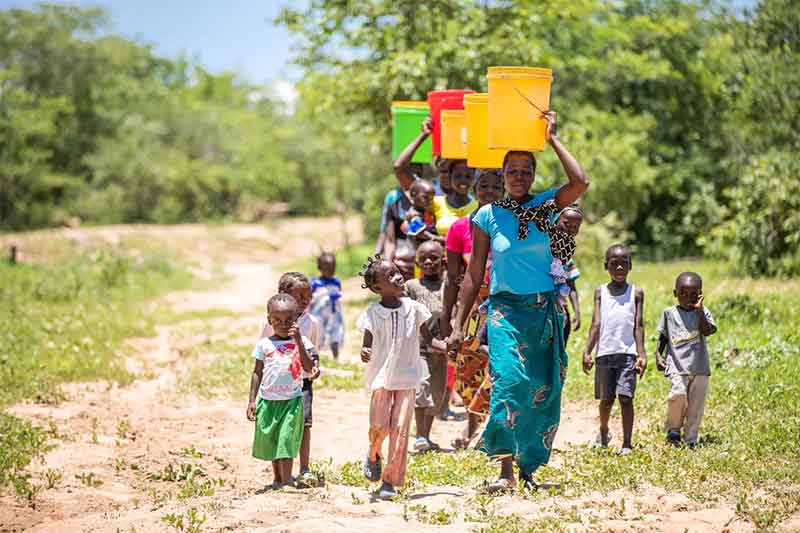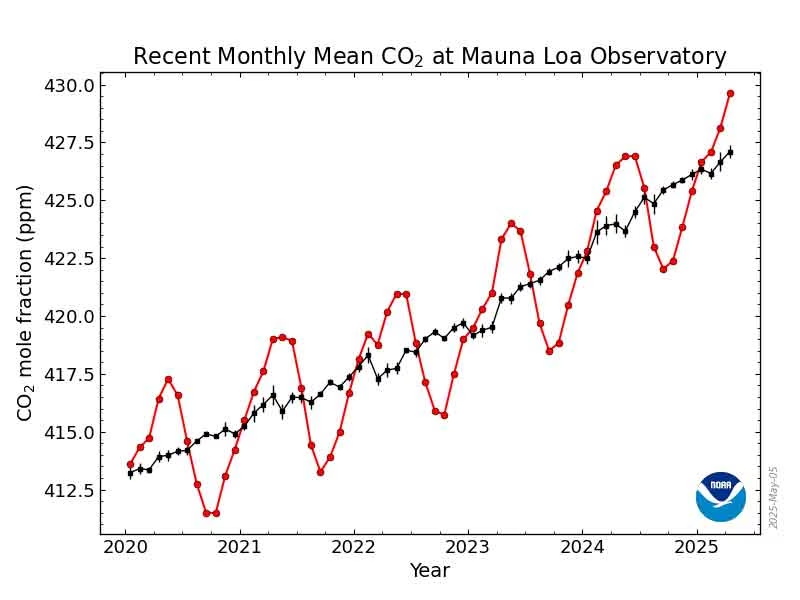
Every year, millions of people around the world are forcibly uprooted from their homes. The reasons are many – natural disasters, conflicts, climate change, development projects – and often, a combination of all these factors. When such displacement occurs within a country’s borders, the affected individuals are referred to as “internally displaced persons” (IDPs). They are not classified as refugees, since they have not crossed international borders. However, the challenges they face are no less severe than those of refugees – and in many cases, even more dire.
According to the Global Internal Displacement Report 2025 published by the Internal Displacement Monitoring Centre (IDMC), a record 66 million people were internally displaced worldwide in 2024. A significant portion of these displacements was caused by climate-related natural disasters. In 2024 alone, 45.8 million people were displaced due to weather-related events such as floods, cyclones, wildfires, droughts, and landslides – nearly double the average of the previous decade. Alarmingly, 99.5% of these displacements were caused solely by climate events. This proves that climate change is not just a looming threat of the future; it is a crisis of the present, striking first and hardest at the poor and vulnerable communities.
Even a developed country like the United States witnessed 11 million climate-induced displacements in 2024. Devastating wildfires and powerful storms forced millions to leave their homes. This figure alone accounts for about a quarter of global weather-related displacements, proving that no country, however advanced, is immune to the effects of climate change.
In addition to climate change, conflict, violence, and political instability also fuel displacement. In 2024, 20.1 million people globally were displaced due to conflict and violence. Notably, three-quarters of these displaced persons were in countries already highly vulnerable to climate change. In such nations, the combination of war and climate disaster leads to total breakdown of social systems.
India is no stranger to this crisis. Geographically, India experiences a wide range of climatic conditions – from Himalayan snowfall to cyclones in the south. According to the IDMC, about 5.4 million people in India were internally displaced by natural disasters in 2024, and around 1,700 more due to conflict and violence. Floods, cyclones, and heavy rainfall remain the primary causes of displacement in the country. In Assam alone, floods in 2024 displaced 2.5 million people. This disaster was intensified not just by climate change but also by poor river drainage, unplanned development, and mismanagement of dams. It is considered the worst flood of the decade.
Displacement affects much more than geography – it impacts every aspect of life. Displaced individuals lose more than just property – they lose homes, land, livelihoods, social identity, mental stability, and a sense of future security. Often, they are forced to live in temporary shelters or relief camps with limited access to basic amenities like clean water, sanitation, healthcare, and education. Women’s safety is often a major concern in such places.
As the Earth’s temperature rises, it threatens not only plants, trees, crops, animals, and birds – but also snatches away peace of mind, sleep, and adds stress. In fact, rising heat poses a serious risk even to unborn life in the womb. Studies have shown that, over the past two decades, increasing temperatures have resulted in an average loss of 44 hours of sleep per person per year. Moreover, each 1°C rise in temperature has deprived over 10,000 people annually of adequate sleep. This problem is increasingly observed in both high-income countries like the U.S. and in Asian nations. The human brain is highly sensitive to heat, and rising temperatures activate the stress response, making restful sleep more difficult and harming overall health.
During heatwaves, the situation worsens, increasing the body’s need for water. Maintaining a cool body temperature is essential for good sleep, but it’s especially difficult in urban heat environments. Pregnancy, a profound and joyous experience for a woman, is now under serious threat due to climate change. During pregnancy, the body undergoes several changes – the growing fetus puts pressure on internal organs, lungs, and blood vessels. This makes breathing and proper blood circulation more difficult. The body’s blood volume and metabolism increase, leading to elevated internal heat. Excessive sweating due to heat can cause dehydration, fainting, fatigue, and in severe cases, even premature labor.
The most concerning issue is the sharp rise in preterm births due to dangerously hot days during pregnancy. In fact, over the last five years, 90% of countries have seen the number of such hazardous hot days double. This isn’t merely a seasonal shift – it’s a result of our energy sources, our policies, and our negligence. The primary reason behind this heat is the excessive burning of fossil fuels like coal, oil, and gas.
According to a recent analysis by Climate Central, which studied temperatures from 2020 to 2024 across 247 countries and 940 cities, each year now includes days with temperatures higher than 95% of historical records. These are the most dangerous days for pregnant women. Extreme heat during pregnancy can cause high blood pressure, gestational diabetes, fatigue, emergency hospitalizations, and even stillbirth. Breathing polluted air during pregnancy also harms the lungs and heart, potentially affecting fetal brain development with lifelong consequences. If a pregnant woman’s body temperature stays above 102°F (39°C) for more than 10 minutes, she faces the risk of heatstroke – a life-threatening condition for both mother and child.
In such scenarios, it is crucial to protect pregnant women and unborn children. Staying out of direct sunlight and remaining in cool environments is essential. Today, excessive heat is one of the greatest threats to pregnant women. If we are serious about protecting future generations, we must stop burning fossil fuels. Even a single day of extreme heat during pregnancy can cause serious harm.
There’s still time. If we want to save the Earth, we must continuously monitor climate changes and respond appropriately. Governments spend vast sums on disaster response, rehabilitation, and rebuilding. Yet, this funding is often insufficient or delayed. Furthermore, displacement removes people from the productive labor force, impacting national economies. In rural areas, where livelihoods depend on land and agriculture, displacement disrupts entire lifestyles.
In light of all this, displacement is not just a human crisis – it is a vast social, economic, and environmental challenge. Its solution must not be limited to temporary relief. What is needed are climate-resilient infrastructures, disaster preparedness training, local-level awareness and participation, and transparent, accountable governance. Currently, many rehabilitation efforts are inadequate, poorly planned, and opaque, deepening the crisis.
To prevent future risks, it is essential to develop long-term strategies, incorporate displacement into climate policies, and build safety nets especially for the poor and vulnerable. Climate-induced displacement is no longer a distant possibility – it is a harsh present reality. That is why it is urgent and vital for all of us to respond sensitively and swiftly to this growing crisis.
Subscribe to Our Newsletter
Get the latest CounterCurrents updates delivered straight to your inbox.
Vikas Meshram is a journalist













































